By OGP Reporters / Members Contribute File Photos
Oh Good Party
The Palace of Versailles holds an important position in both French and world cultural heritage preservation. It is not only a symbol of the French monarchy, but also an important legacy of French history, culture, and art. Its architecture and artwork represent the pinnacle of French Baroque art and are outstanding representatives of European court culture.
The Palace of Versailles is a palace in France located in the city of Versailles, about 20 kilometers west of Paris. It was the palace of the French monarchy under Louis XIV and his successors, and is one of the most famous palaces in Europe. The Palace of Versailles was the official residence of the French monarchy and the political and cultural center of Louis XIV's reign. It was built in the French Baroque style, with exquisitely carved facades, grand marble staircases, magnificent ceilings, and exquisite decorations. It is one of the five great palaces of the world and was listed as a World Heritage Site in 1979.
Construction of the Palace of Versailles began in 1661 by order of Louis XIV and was designed by several architects including André Le Nôtre, Louis Le Vau, Charles Le Brun, and Jules Hardouin-Mansart. The palace was constructed in a mix of Baroque and Rococo styles and is considered a masterpiece of architectural history.
The Palace of Versailles includes the palace itself, gardens, and park, covering an area of over 8 million square feet (730,000 square meters) and containing over 700 rooms. The interior of the palace is lavishly decorated and includes halls, bedrooms, reception rooms, and galleries. The exterior gardens are also magnificent, with the most famous being the Baroque-style gardens, the Grand Canal, the Marie-Antoinette lawn, the Trianon farm, and the Petit Trianon estate. Additionally, the gardens of Versailles are considered one of the most beautiful gardens in Europe, with hundreds of fountains and pools, sculptures, musical fountains, and meticulously tended flower beds. The gardens also feature several smaller palaces, an ice-skating rink, and a zoo.
The Palace of Versailles is decorated with a large number of art pieces and antiques, including splendid paintings, sculptures, furniture, tapestries, and crafts. These relics and artworks showcase the history and culture of France, as well as the artistic and cultural achievements of the Louis XIV era. They are displayed in various rooms throughout the palace, such as the Hall of Plenty, Venus Room, Diana Room, Mars Room, Apollo Room (or Throne Room), War Room, Mirror Room, Bull's Eye Room, King's Bedchamber, Conference Room, Peace Room, Queen's Bedchamber, Noble Room, and Grand Banquet Hall, which is overwhelming to see.
Some of the most famous works include:
1. War and Peace
"War and Peace" is a series of paintings created by Baroque artist Charles Le Brun, and is one of the most famous murals in the Palace of Versailles, considered one of the greatest artistic masterpieces of the Baroque period. These murals not only have high artistic value, but also have significant historical and cultural significance due to their reflection of historical events and political ideas. The scale and grandeur of these murals represent the power and glory of France during the reign of Louis XIV, and also reflect the typical style of Baroque art, such as the use of bright colors and strong contrasts to create dramatic effects. These murals also showcase the wars and diplomatic policies of the time, as well as the importance of the French national image, and therefore have extremely high historical and cultural value.
2. The Ball at the Palace of Versailles
"The Ball at the Palace of Versailles" is a giant oil painting created by French artist Jean-Léon Gérôme, depicting a grand ball held at the Palace of Versailles during the reign of Louis XIV, with aristocrats and members of the royal family dressed in splendid attire. It showcases the opulence and glory of French aristocratic society and represents the pinnacle of cultural and courtly life in the Louis XIV era, reflecting the art and fashion of the time. The painting portrays the class divisions and power relationships in French society at the time and reflects the political and cultural realities of the era. Additionally, it demonstrates the artistic techniques and style of French painting at the time, particularly in terms of painting technique and the use of color, making it a very significant work of art.
3. Marie Antoinette's Bed
Marie Antoinette's bed is a magnificent and impressive antique art piece that represents the luxury and exquisite craftsmanship of the 17th century French court. The design of the bed is very complex, including rich carvings, golden fabrics, and gorgeous decorations, and its large size emphasizes the power of the king and queen. The design and production of the bed required a lot of time and skill, reflecting the superb craftsmanship of French Baroque art at that time. The bed is also one of the most famous and expensive collections in the Palace of Versailles, reflecting the important position of the Palace of Versailles as a symbol of French history and culture.
4. Portrait of Louis XIV
"Portrait of Louis XIV" was created by Baroque painter Hyacinthe Rigaud and had significant meaning in French society at the time, as it showcased the power and prestige of Louis XIV. Louis XIV was considered a powerful and successful king, with his reign seen as the golden age of French history. The portrait solidified his position and reputation in French society by depicting his noble and dignified image. Additionally, this portrait is also an outstanding representation of Baroque art.
5. Apollo Fountain
The "Apollo Fountain" is located at the center of the gardens of the Palace of Versailles and is one of the most famous fountains in the Palace of Versailles. It consists of a base and a fountain pool decorated with Apollo and four horses. This huge fountain was created by Jean-Baptiste Tuby, depicting Apollo driving four horses as if they had just emerged from the sea, surrounded by fountain water, creating a very spectacular scene. This huge fountain represents the cultural and artistic achievements of the Louis XIV period. It symbolizes the sun and light, as well as the power and authority of the French king. At the same time, it also showcases the creative abilities and skills of French artists and is one of the representative works of Baroque art.
6. Apollo and Calypso
The "Apollo Fountain" is located at the center of the gardens of the Palace of Versailles and is one of the most famous fountains in the Palace of Versailles. It consists of a base and a fountain pool decorated with Apollo and four horses. This huge fountain was created by Francois Girardon, depicting Apollo driving four horses as if they had just emerged from the sea, surrounded by fountain water, creating a very spectacular scene. This huge fountain represents the cultural and artistic achievements of the Louis XIV period. It symbolizes the sun and light, as well as the power and authority of the French king. At the same time, it also showcases the creative abilities and skills of French artists and is one of the representative works of Baroque art.
7. Statue of Marie Antoinette
The Statue of Marie Antoinette depicts the French queen dressed in luxurious clothing, with a graceful posture, a beautiful face, and a calm gaze. In the sculpture, she holds a flower in her hand, symbolizing beauty and purity. The statue pays tribute to the last queen of the Bourbon dynasty and one of the victims of the French Revolution.
Marie Antoinette, the wife of Louis XVI, became a symbol of luxury and extravagance, and was considered a symbol of political corruption and inequality by the French people. She was accused of wasting public funds and contributing nothing to the country and its people, and was convicted and sent to the guillotine. After her death, she became a symbol of political corruption and injustice during the French Revolution. The statue is a commemoration and tribute to her, and is an important exhibit showcasing the history of the French royal family.
The Palace of Versailles holds an important position in both French and world cultural heritage preservation. It is not only a symbol of the French monarchy, but also an important legacy of French history, culture, and art. Its architecture and artwork represent the pinnacle of French Baroque art and are outstanding representatives of European court culture. At the same time, it also witnessed the rise and fall of the French monarchy and major events in French history such as Louis XIV's reign, the French Revolution, and Napoleon's rule.
One of the most famous rooms in the Palace of Versailles is the Hall of Mirrors, which is highly recommended. The 73-meter-long room was designed as a banquet hall and has 17 arches and 18 protruding windows that offer views of the palace gardens. The walls are adorned with 357 large mirrors that reflect the light and scenery of the room, creating a fascinating play of light and shadow. This room was once used by King Louis XIV to receive diplomatic missions, hold banquets, and celebrate political and military victories. During the French Revolution in 1789, the Hall of Mirrors became the place where the Treaty of Versailles was signed, which marked the end of the French Revolution and the rebuilding of the European international order.
Tips:
- On the first Sunday of every month from November to March, the entire estate, including the Palace of Versailles and the Estate of Trianon, is open free of charge to all.
- On January 1st, the Palace and the estate of Trianon will be closed to the public.
- The Palace ticket is €13, the Estate of Trianon ticket is €8.

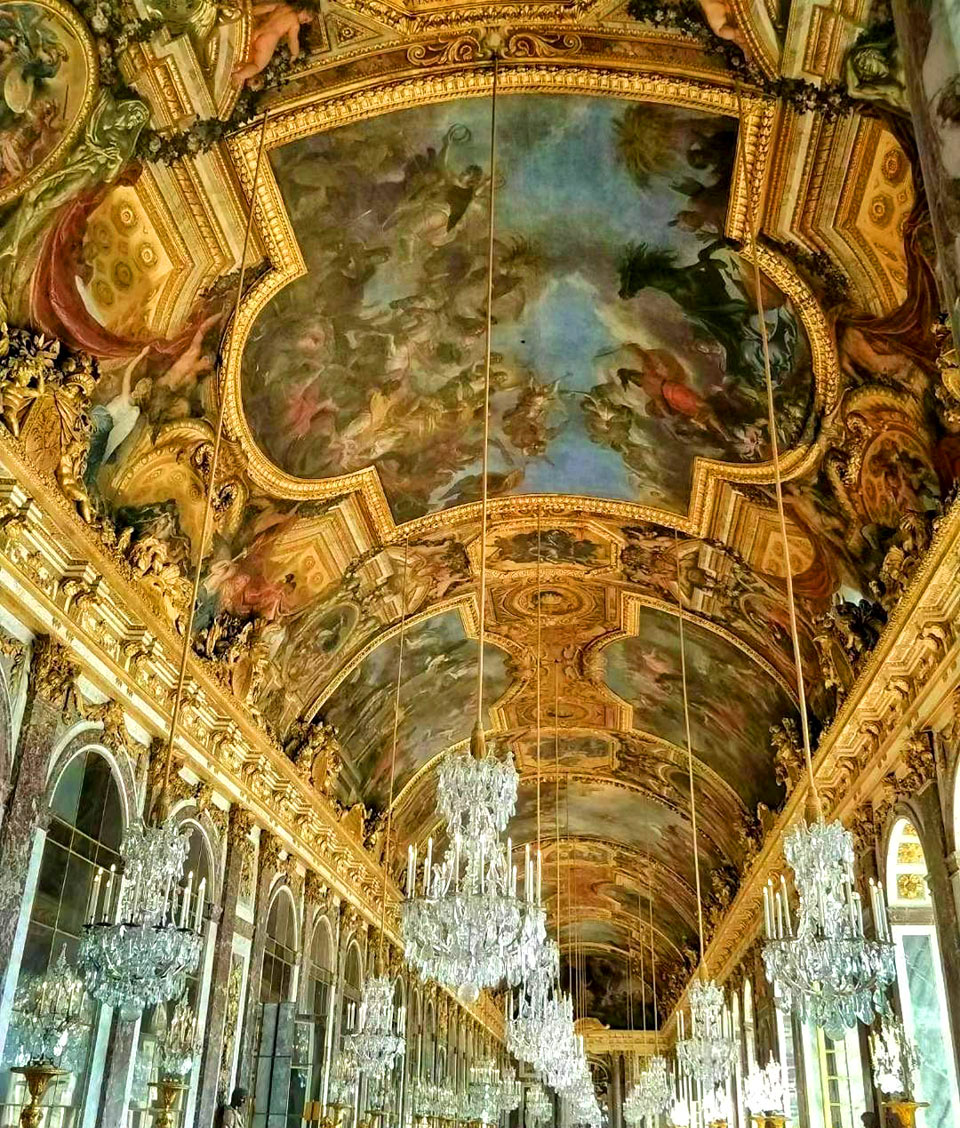

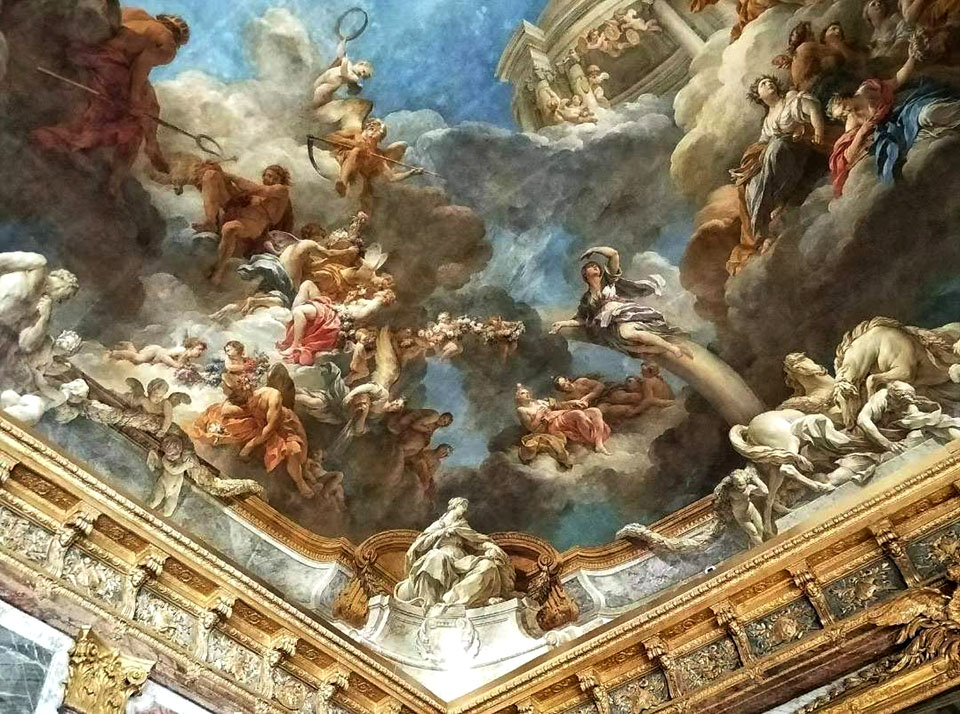

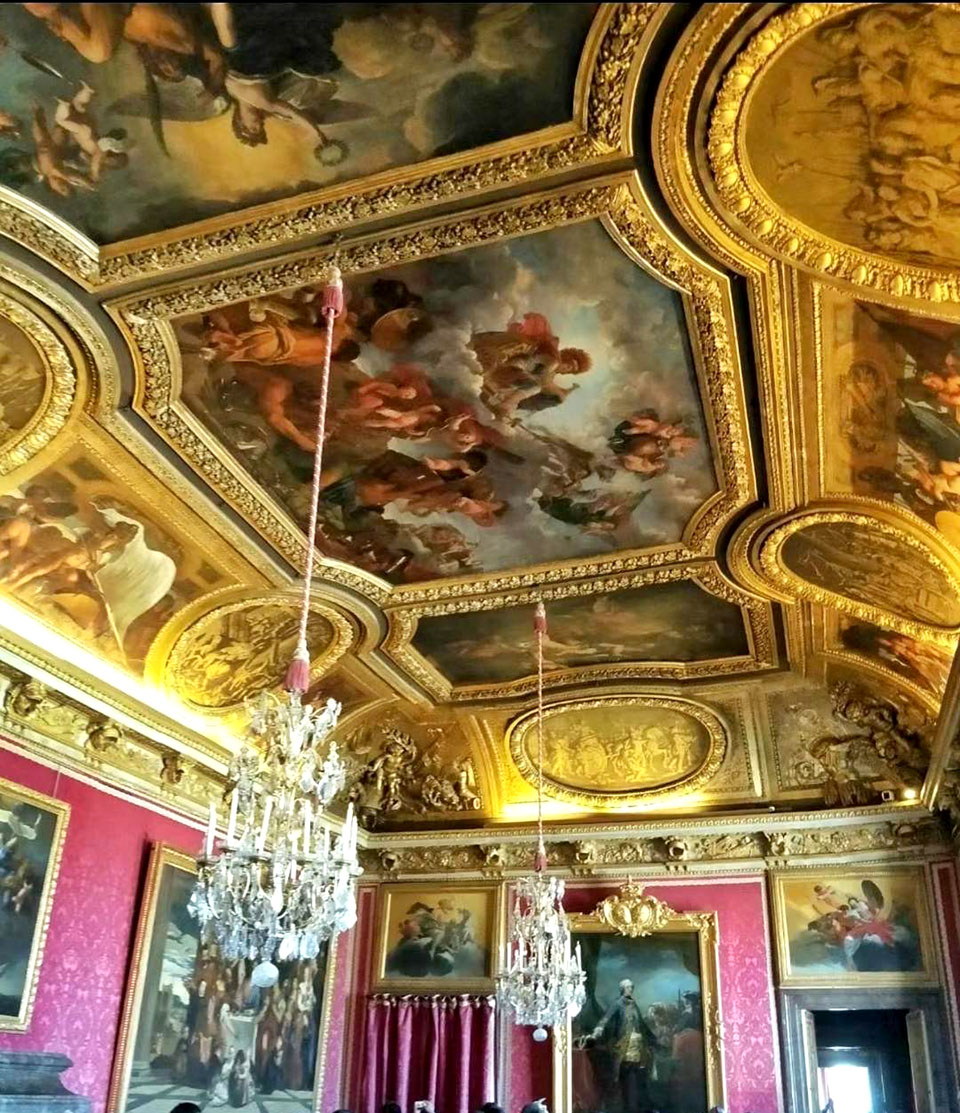

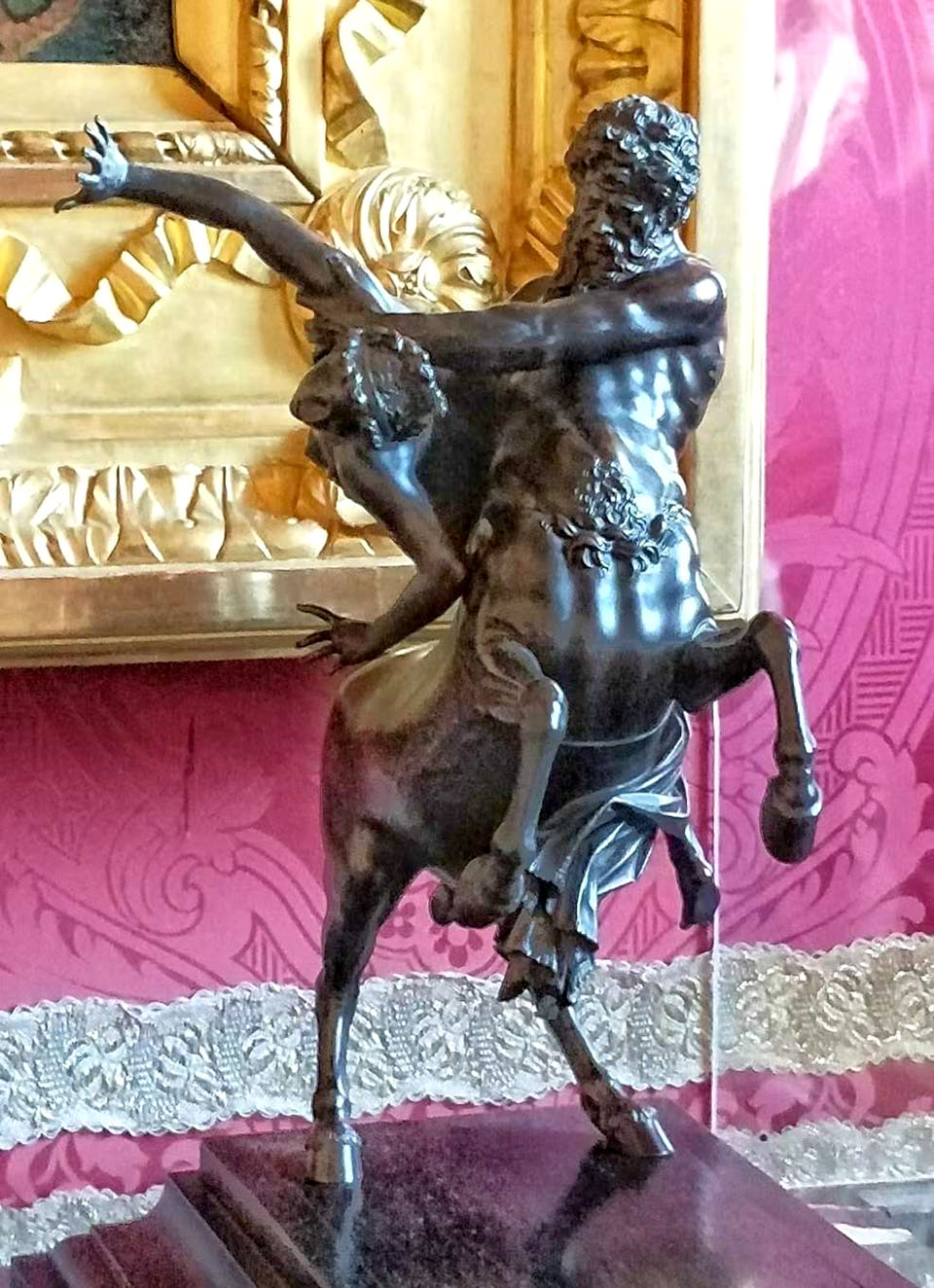

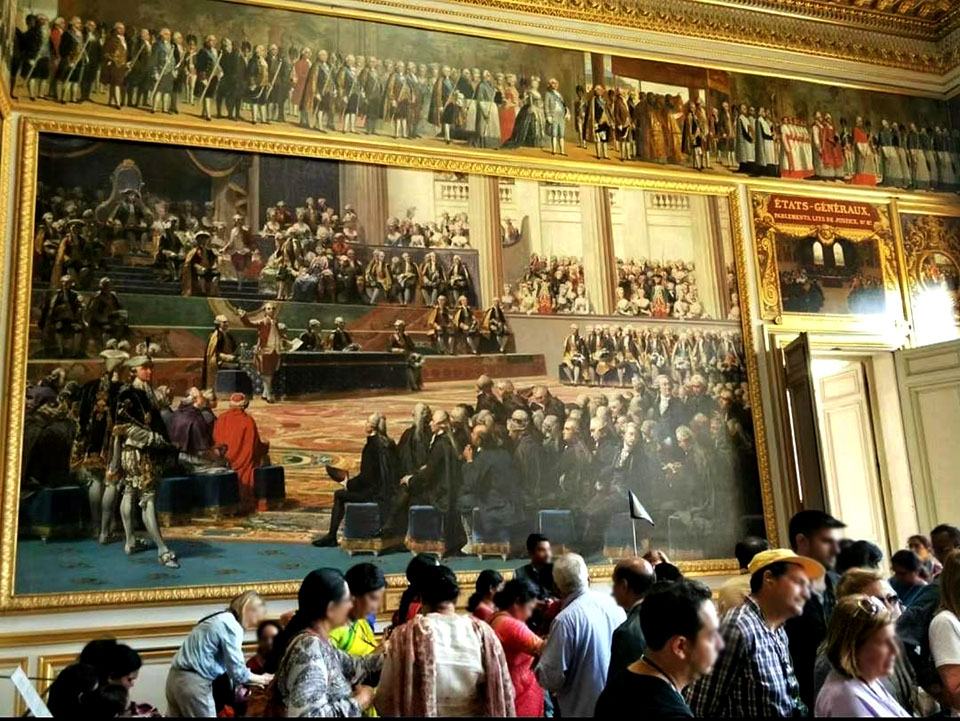

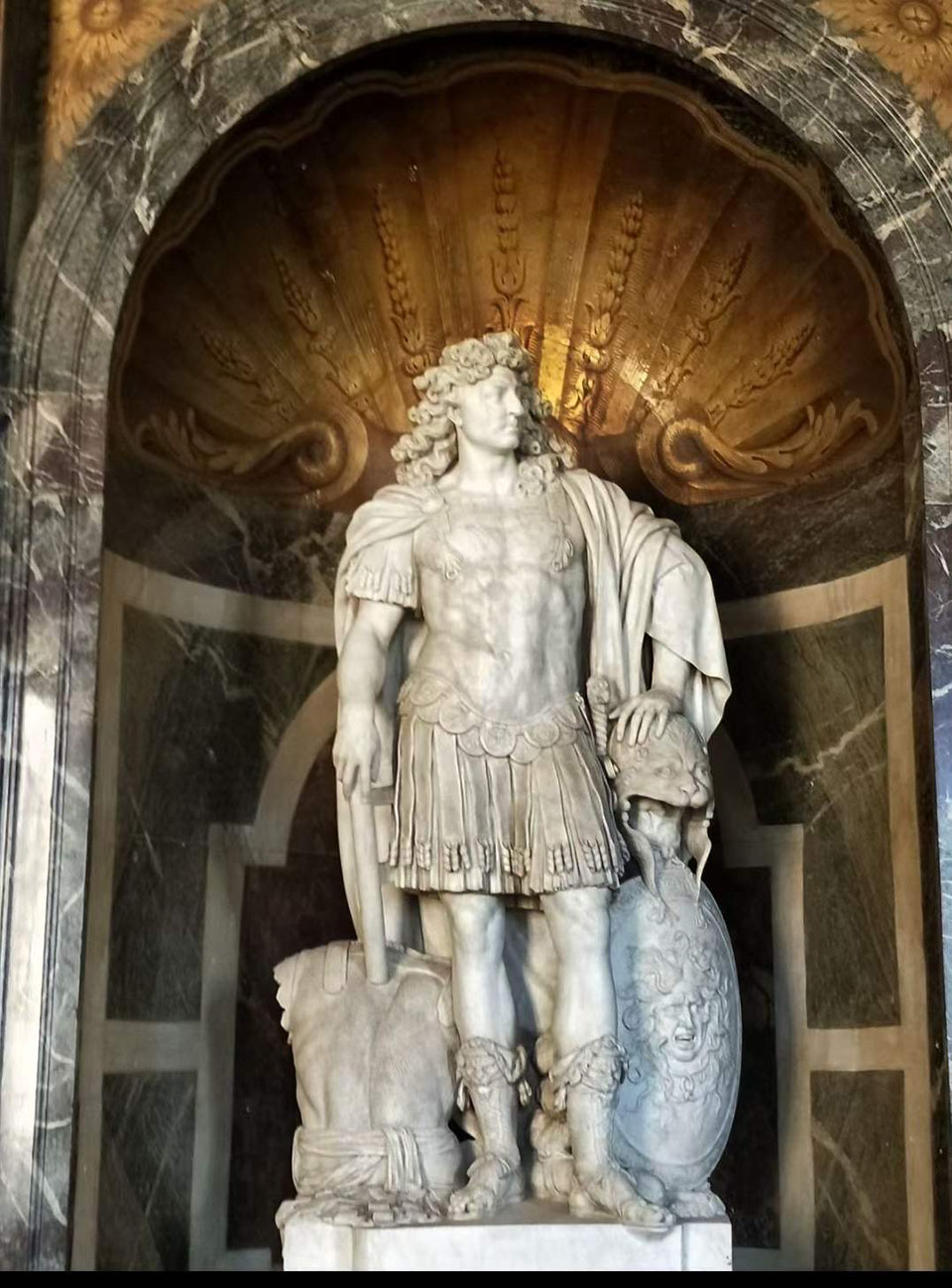

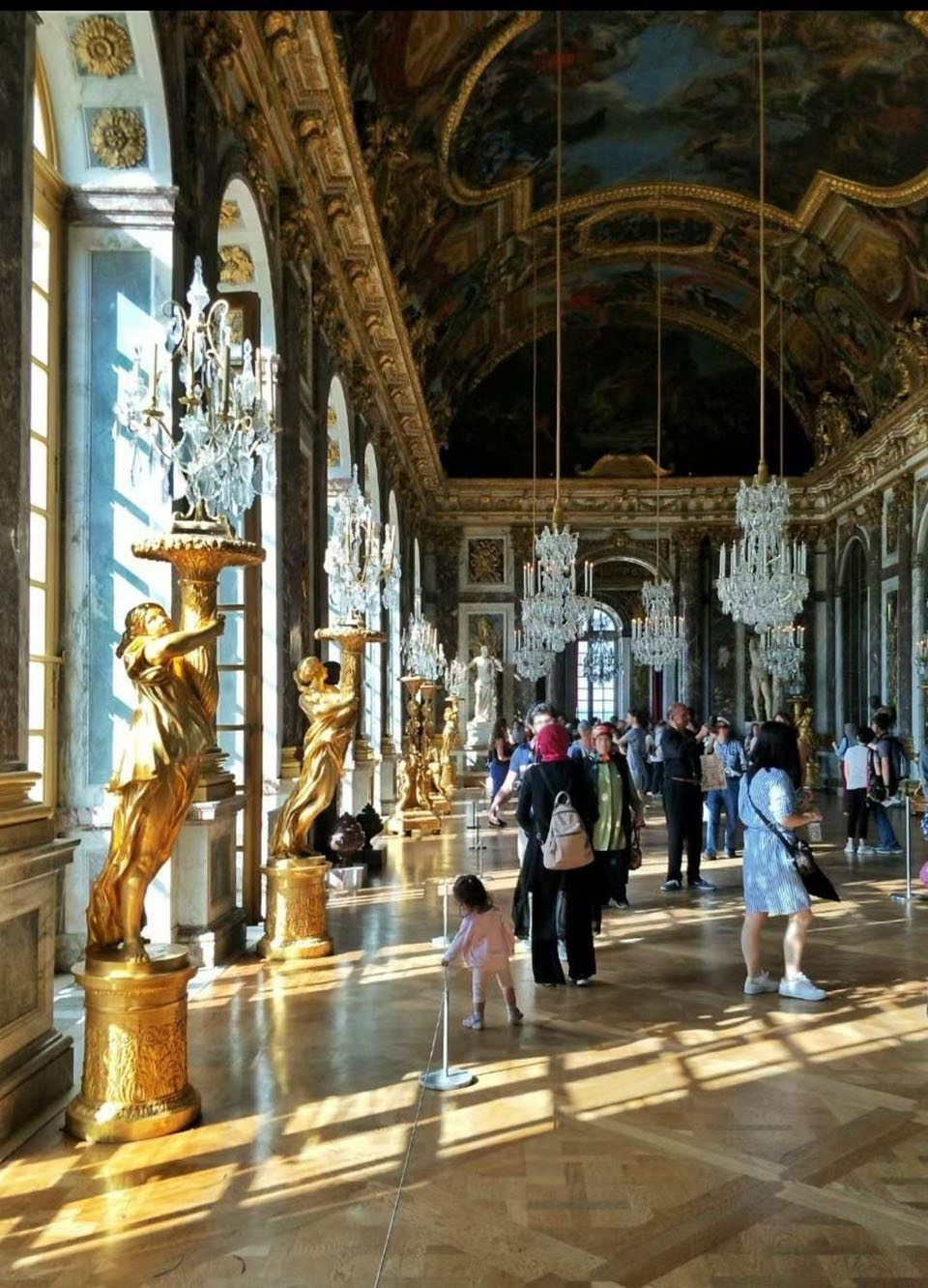
Comments